July 02, 2025 | 19:00 (GMT+7)
Close-up look at Trung Islet in Con Dao National Park
PANO - Trung (Egg) Islet is home to the highest seabird nesting density in Vietnam, with an average of 4.88 eggs per square meter.
    |
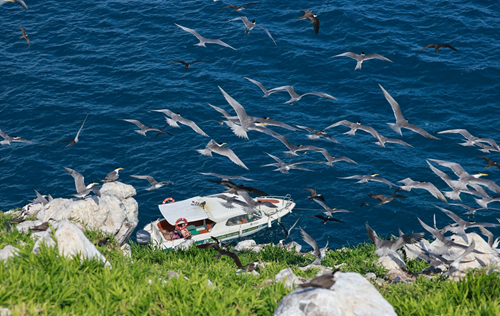 |
|
According to the photographer, Trung Islet is in the middle of the sea, making it difficult to access. Canoes must ride the waves to get close to the islet, allowing climbers to grab onto the rocks and climb up. From central Con Dao, it took An over 30 minutes to reach the islet. Despite favorable weather, it took him an additional 20 minutes of struggling with waves and rough terrains to set foot on the islet. |
    |
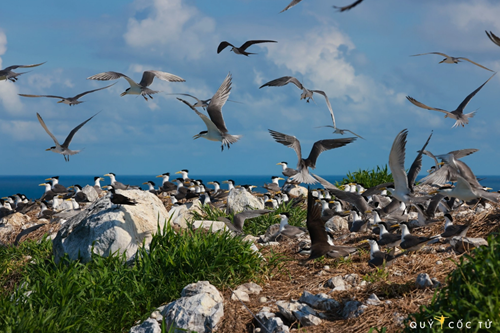 |
|
The Con Dao National Park has recorded various seabird species migrating to the islet to nest and lay eggs. At peak season, Trung Islet sees tens of thousands of eggs with an average density of 4.88 eggs per square meter. On November 28, 2024, the Vietnam Records Organization (VietKings) presented a record certificate to the Con Dao National Park Management Board. |
    |
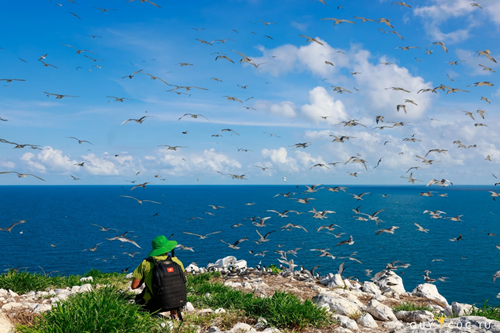 |
|
During the two-hour shoot on the islet, An closely followed the guidance of park rangers to avoid disturbing the birds’ habitat. “I was truly tense and nervous as eggs and fledglings were dotted everywhere, every stone and shrub,” he recalled. To prevent egg thefts, the national park has installed a surveillance camera system on the islet. As a result, bird populations and egg numbers have gradually recovered. |
    |
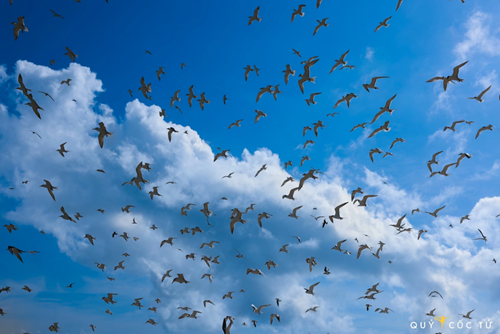 |
|
An shared that the most emotional moment came right after he set foot on the islet. At that time, thousands of birds suddenly flew up and filled the sky. Though he had previously took photos of birds in Tram Chim National Park, Nam Cat Tien, and U Minh forests, none had left such a strong impression as Trung Islet. |
    |
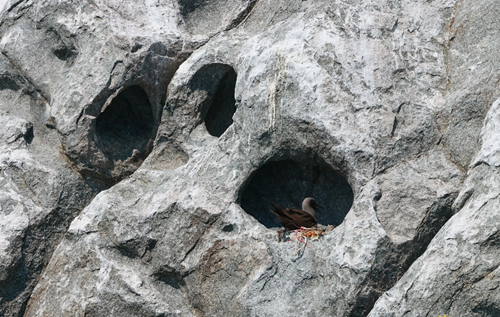 |
|
Apart from shrubs and flatland, many birds choose steep rocky crevices around the islet to nest to be safe from predators. |
    |
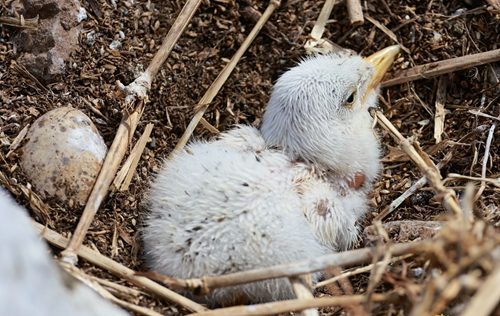 |
|
Statistics from the Con Dao National Park Management Board show that the seabird nesting season runs from April to October. In the photo: A two-day-old chick lying in the nest waiting for its parents to return with food. |
    |
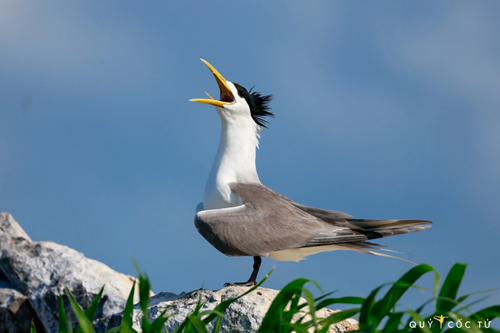 |
|
A greater crested tern perches atop a rocky outcrop. |
    |
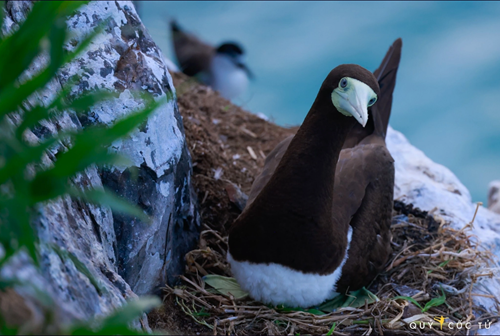 |
|
The brown booby (Sula leucogaster) often nests on steep cliffs. It is a large seabird of the booby family recorded in Vietnam. It stands as a symbol of Con Dao’s marine ecosystem. This species is 73 to 83 centimeters long and famous for spectacular hunting dives. It can plummet nearly 120 kilometers per hour down into the sea to catch fish and squid. |
Source: VnExpress
Translated by Mai Huong